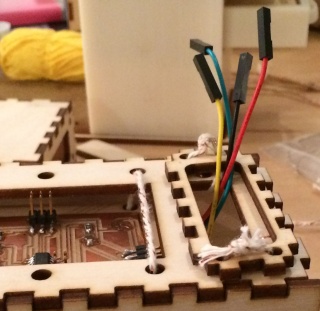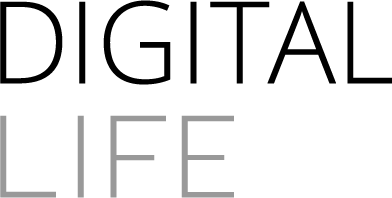KIEM funding for Data physicalisation for the 21st century
15-02-2018

The KIEM proposal for funding 'Revealing design: data physicalisation for the 21st century' has been funded. The committee was positive about the good connection between creativity, technology and data literacy, in which the focus is placed on giving meaning to data and supporting communication, critical thinking and creative skills.
Can you touch data? How long does a train need to be to have 1 million YouTube-members travel at the same time? The Amsterdam University of applied sciences (HvA), the Waag Society and the St. Jan school together will investigate and create fun and interesting data physicalisations. Those are physical representations of big data, that you can really actively see and touch instead of on a screen or in a book.
Invisible data in a computer controlled society
We increasingly live in an invisible world of data. Societal and technological developments, such as the rise of mass-production and distribution of products, digital techniques, and small intelligent devices have contributed to a world that can be characterized by virtual products and invisible, complex data transactions in which data and its usage is increasingly invisible. With the advent of "Big data" and computing intelligence, information is and can be increasingly produced, collected, analysed, shared and used. Additionally, with surveillance technology, everyday life can be routinely monitored. However, the underling processes and implications of such pervasive data systems are not always clearly seen, communicated or discussed with the public and consumer.
Physicalisation in education
The growing collection of ‘big’ data and other technological means does not necessarily and directly lead to more knowledge, insights and skills. Still, new technological developments, such as digital fabrication in Fablab-environments offer the possibility to make digital data more physical and so understandable. From the education perspective there is a demand for knowledge and understanding for enabling students to embrace and shape these developments, and increase 21st century skills.
The aim of 'Revealing design' is to uncover the potential of data physicalisation –making data tangible– as a way to support the 21st century skills communicating, critical thinking and creativity. The primary goal is to investigate the potential value of data physicalisation in education.

